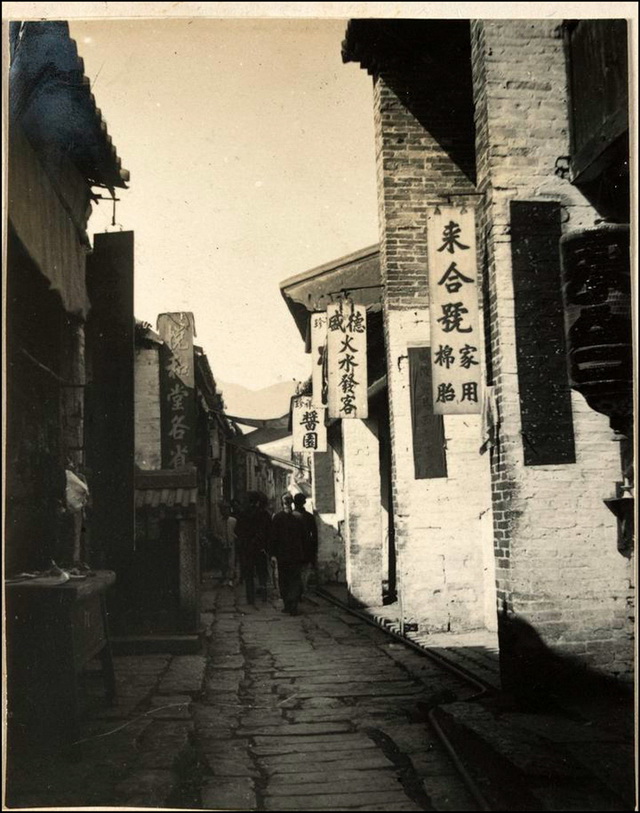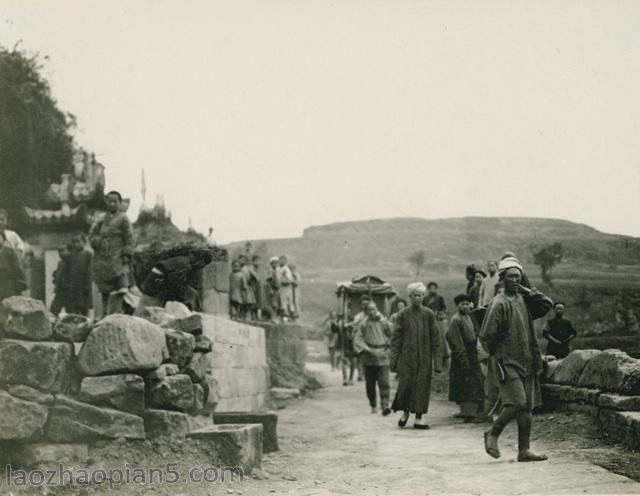[White Jade Dragon and Phoenix Ganoderma Lucidum Ruyi]
White Jade Dragon and Phoenix Ganoderma Lucidum Ruyi is clear, 38.8 cm long, with a maximum head width of 10 cm and a maximum head height of 5.5 cm
It is made of green and white jade with flocculent spots. Ruyi’s head is embossed with one large, two small and three ganoderma lucidum, as well as bats and flame beads. The handle is embossed with a floating dragon and a phoenix with a peony, and a small ganoderma lucidum is decorated between them. The back of the dragon is ridged, the tube is drilled into both eyes, and the body is covered with Yin carved dragon scales. The phoenix eyes are carved, and the eyeliner is slender and soft. The end of the handle is perforated, and the ear is bright yellow with red coral beads
Ruyi is a kind of auspicious utensil, developed from the ancient scratching tool and the claw stick with the front end as a hand. The head is mostly in the shape of ganoderma lucidum or cloud, and the handle is slightly curved for fingering and playing. Its materials are diverse, including bone, horn, bamboo, wood, copper, iron, jade, stone, coral, amber, etc. The so-called “Ruyi”, that is, “Ruyi”, is a free translation of Sanskrit “Analv”. During the Six Dynasties period, Ruyi was an object for assisting the Qing Dynasty in talking, dancing, showing elegance and even defending himself. It was loved by scholars and scholars and could not be left without a moment. Documents record that Sun He danced with crystal under the moon in the Three Kingdoms; Wei Rui, a famous general during the reign of Emperor Liangwu of the Southern Dynasty, commanded the army to advance and retreat with Ruyi even when the two armies were fighting; The image of Wang Rong in the stone carving of the seven sages in the bamboo forest in the Jin Dynasty is also the image of holding Ruyi. Yuntou Ruyi was first found in the tomb of the Tang Dynasty. In the Song Dynasty, it developed into interior furnishings and became an indispensable part of the study in the late Ming Dynasty. In the Qing Dynasty, because of its auspicious implication, Ruyi was the first choice for ministers to congratulate the royal family on their birthday, and often ranked first in the gift list. The palace bedroom is often decorated with Ruyi, and the portrait of the emperor has always seen people holding Ruyi. In the Qing Dynasty, Ruyi Yuntou style and Ganoderma lucidum style were both used, and were mostly made of precious materials such as jade, gold, coral, gold, crystal, etc. The wooden handle with three inlays of jade was also common
![图片[1]-White jade dragon and phoenix ganoderma lucidum-China Archive](https://chinaarchive.net/Qing dynasty/Jade ware/57654.jpg)





![[Qing Dynasty] British female painter—Elizabeth Keith, using woodblock prints to record China from the late Qing Dynasty to the early Republic of China—1915-China Archive](https://chinaarchive.net/wp-content/uploads/2022/11/image-191x300.png)